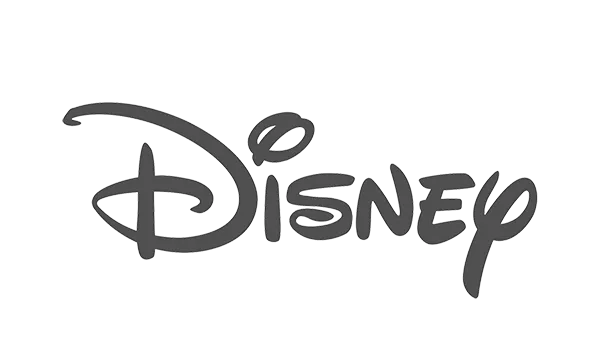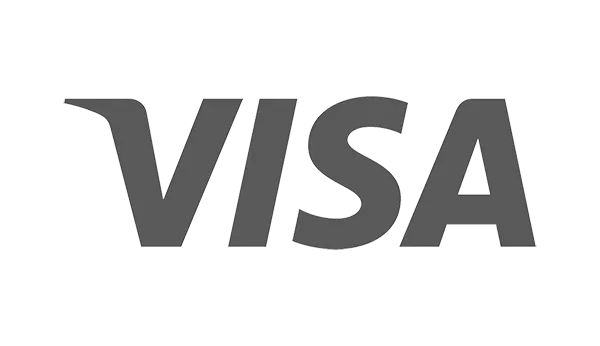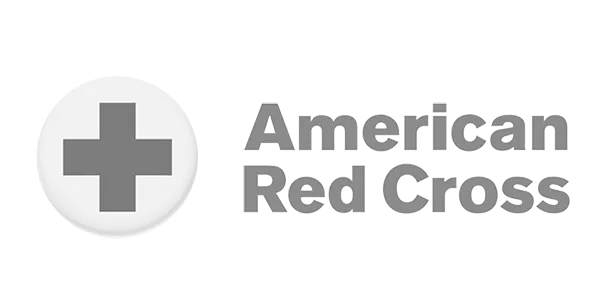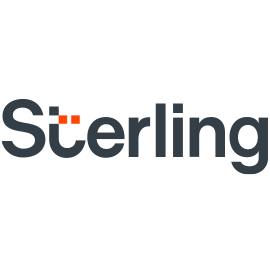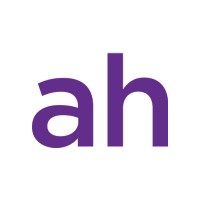Installing and setting up a new payroll system is always a daunting task – even for those who’ve done it before. There are many moving parts to consider and a lot that could go wrong.
Everyone on your team must operate in sync to ensure a successful payroll implementation. Like other large-scale projects to introduce new software, an implementation plan makes it much more manageable. This article looks at the payroll implementation process, from choosing a payroll system to best practices for onboarding your team.
Selecting the Right Payroll System
The first step is to find the right payroll system for you and your team. You can start answering these questions.
- How many employees does your business currently have? Are you planning on expanding in the coming years?
- What features are most important to you? Where is your current process or solution needing improvement? What problems are you hoping to solve with your new payroll solution?
- How are your employees classified, and how exactly do you pay them? Do you provide a benefits package to anyone on your team?
- What is the size of your current budget?
Questions like these help narrow down your choices off the bat. If a specific platform doesn’t offer the features you need or is too expensive for your budget, you can quickly eliminate that option and move on to the next.
Once you have several options as your finalists, read online reviews and research the vendors in question. You never know where you’ll find that one piece of information that will sway your decision one way or the other.
Challenges in Payroll System Implementation
Even the most successful payroll implementations can encounter some challenges along the way. Many of the challenges are directly linked to scale. For example, those who set up payroll for a small business will likely experience different obstacles than those who implement new payroll workflows for enterprise-level needs.
Enterprise Payroll
Large businesses and enterprises face several unique challenges. Whereas manual payroll processing might suffice for smaller startup companies, this isn’t an option when implementing payroll at the enterprise level.
Most enterprises have more than 500 employees, so you need to find a platform that can handle hundreds of possible entries and frequent additions or deletions from your roster. With so many employees in the system, accuracy is a necessity. The greater the numbers, however, the more likely you will experience errors and delays. In cases like this, opting for a purpose-built enterprise payroll software is best.
Large businesses and enterprises typically have many different types of employees – including full-time, part-time, contract, remote, and contingent staff. An effective payroll solution will help ensure fair compensation for all.
Enterprises also face some of the same challenges as other organizations. Issues like regulatory compliance, data security, benefits administration, and process standardization are all common obstacles to any organization trying to implement payroll software.
Global Payroll
International teams face the most challenging payroll system implementations. Luckily, global payroll platforms are designed for organizations that work with employees located in multiple countries.
Notable challenges when trying to implement a global payroll platform include:
- Understanding and complying with international laws: While U.S. laws concerning data privacy, backup, and storage are confusing enough, a global payroll system needs to consider laws from all around the globe. You also have various legislations regarding payroll tax to consider.
- Process standardization: Standardizing payroll management is relatively straightforward when your entire team is located in one country, but it becomes significantly more complicated when applied globally. Countries differ in their corporate culture. While it may be expected to pay employees weekly or fortnightly in some places of the world, other nations are geared toward monthly paychecks.
- Data security: Many of the service providers and data centers in the U.S. have stringent data security controls – but this isn’t always the case when dealing with international services.
- Currency and benefits: Your organization must have enough foreign currency to pay global staff. In addition, your benefits program might need to be adjusted according to employee’s locations.
Payroll for Small Businesses
Approximately 18% of all small businesses fail within the first year of opening their doors. Considering that 99.9% of all companies within the U.S. qualify as small businesses, it’s easy to see how concerning these statistics are.
Thankfully, those who can overcome common challenges will find it much easier to succeed in the 21st century. These obstacles may include:
- Maintaining compliance with applicable regulations: Staying up-to-date with the latest changes to local, state, and federal regulations is a significant challenge for businesses with limited resources.
- Payment mistakes: Accidentally overpaying (or underpaying) your staff can damage employee morale and needs to be clarified when it comes time to reconcile your accounting at the end of the year.
- Data backup and recovery: Although data backup systems can be costly, the inability to restore your files during an emergency could lead to more devastating losses.
- Inaccurate tax calculations: In most cases, your organization must calculate and withhold taxes from your staff. Failure to do so could result in penalties issued by the IRS.
Small businesses can face other challenges, too. Those that operate internationally, for example, also have to worry about the challenges of global payroll integration and implementation.

Best Practices for Payroll System Implementation
The majority of challenges in payroll implementation can be mitigated by remembering a few helpful strategies and best practices. Not only will these tips ensure a smooth transition for everyone, but they’ll help you avoid costly errors and mistakes.
Data Migration
Moving your data from one platform to another is one of the first – and most important – steps in the payroll software implementation process.
Most organizations utilize three separate rounds of data migration. This includes:
- Initial testing stage
- Parallel test run stage
- Go-live stage
As the name implies, the first stage is used strictly for testing whether information transfer is practical, comprehensive, and accurate. The team is ready to move on to the second stage if everything goes smoothly here.
In the parallel testing stage, both the previous and new payroll systems run simultaneously or in parallel. Finally, the go-live stage sees the elimination of the older payroll processing software in favor of the new one.
However, before the initial testing can begin, you’ll need to verify the accuracy and completeness of the data in your old software. Any record-keeping errors will carry forward and cause confusion later on, so it’s important to check this information now. Once the integrity of your employee data is confirmed, it’s time to decide which datasets to include.
Depending on your previous payroll system, you might have several different datasets. The most important are the employee master file and paycheck/tax form histories. Other potential records, like audit details or deduction histories, can be migrated case-by-case.
Finally, it’s time to decide on your migration method. There are several strategies to consider, including:
- Manually entering each record into the new system
- Converting the data from one platform’s format to the other
- Using a third-party data migration tool
Manual data entry isn't a viable option in most cases, especially for large companies. While some payroll software solutions support data exports or conversions, some don’t offer such a feature. As a result, many organizations opt for a third-party tool.
Employee Training
You must train your HR staff to use their new payroll software. Although your new payroll software may function similarly, the new tool will likely have features and workflows that require some introduction. If you’re investing in your first payroll system, a thorough training course on its uses and features is likely the best course of action.
Regardless of their experience level, it always helps to hold an onboarding session or two for your entire staff. You’ll also need a training solution for new hires to add or update their bank account details, navigate self-service portals, etc. It is likely that your payroll provider already has resources and training material available for this purpose.
You might also consider a vendor-led demonstration or training. Typically operated by a sales or support representative who works for the vendor, these individuals already know the platform inside and out. They’ll be able to walk your staff through the process, offer them some helpful tips and tricks to streamline payroll admin and answer any questions they may have.
Remember to retrain your entire staff after implementing a new payroll platform. While you’ll want to ensure your HR team knows how to use the new system, showing every employee how to check their pay stubs, print tax forms, and access paid time off (PTO) is essential.
Integration with Third-Party Software
Many modern software packages feature support for third-party apps, and the same is true for many of today’s payroll solutions. Depending on the developer, these platforms are compatible with various add-ons – from email and communication apps to full-scale HR suites. Some of the most popular third-party integrations for payroll processing software include:
- HR Systems: This includes human resources information systems (HRIS), human resources management systems (HRMS), and human capital management (HCM) platforms. Thanks to HRIS integrations, you can manage employees’ personal and payroll information in one secure place, which eliminates many opportunities for data breaches and human error.
- Time and Attendance Trackers: Payroll processing is often directly tied to employee time and attendance. Integrating your payroll software with your time clock eliminates the need for manual entry and wage calculations.
- Accounting Software: If you’ve already found your ideal payroll software, it only makes sense to use it for your organizational finances.
- Analytics and Reporting Platforms: Integrating your payroll and people analytics platforms makes analyzing payroll data and generating reports easy.
Keep in mind that no two payroll platforms are alike. Each one will have specific software integrations that it supports. The key to finding the right payroll solution lies in finding the one that offers the ideal level of native functionality while still keeping the third-party apps you already use.
Maintenance
Implementing a new payroll platform is a lot of work, but it is not the end of the road. You’ll still need to maintain your new system over the coming weeks, months, and years. This means entering, tracking, and managing individual employee salaries, benefits packages, tax information, PTO, overtime, etc.
Some companies prefer outsourcing these responsibilities to an external service, while others leave it up to their internal accounting team.
Regulatory compliance is a large part of payroll maintenance. Between the various federal guidelines, industry-specific regulations, and laws regarding data security, compliance cannot be taken lightly. Failure to abide by the established rules could lead to serious financial consequences, legal repercussions, reduced employee morale, or damage to your brand’s public image.
Conclusion
While some growing pains are natural when embracing a new payroll system, these can usually be overcome by ensuring proper knowledge, preparedness, and training.
Payroll systems that integrate with your existing software can ease this transition quite a bit. It is also worth considering vendors offering all-in-one HR and payroll management solutions.
Whichever solution you choose, the implementation process requires some hard work and determination. If your approach is systematic, you involve stakeholders, and empower employees to use the new system effectively; your organization will be better off for it.








